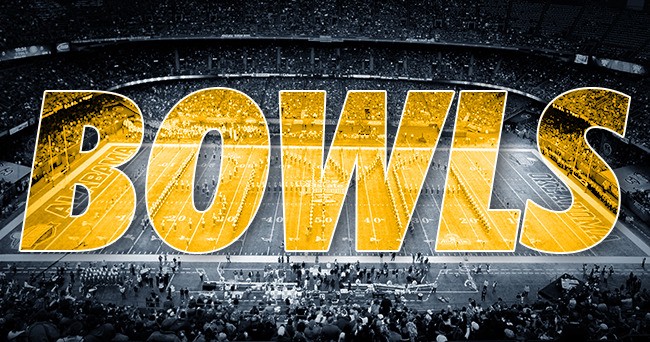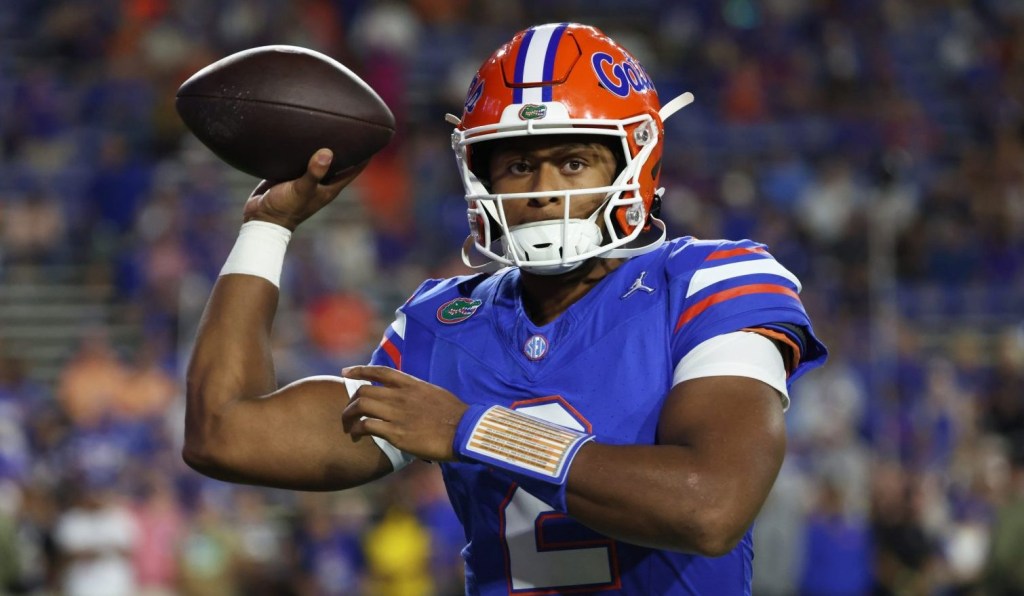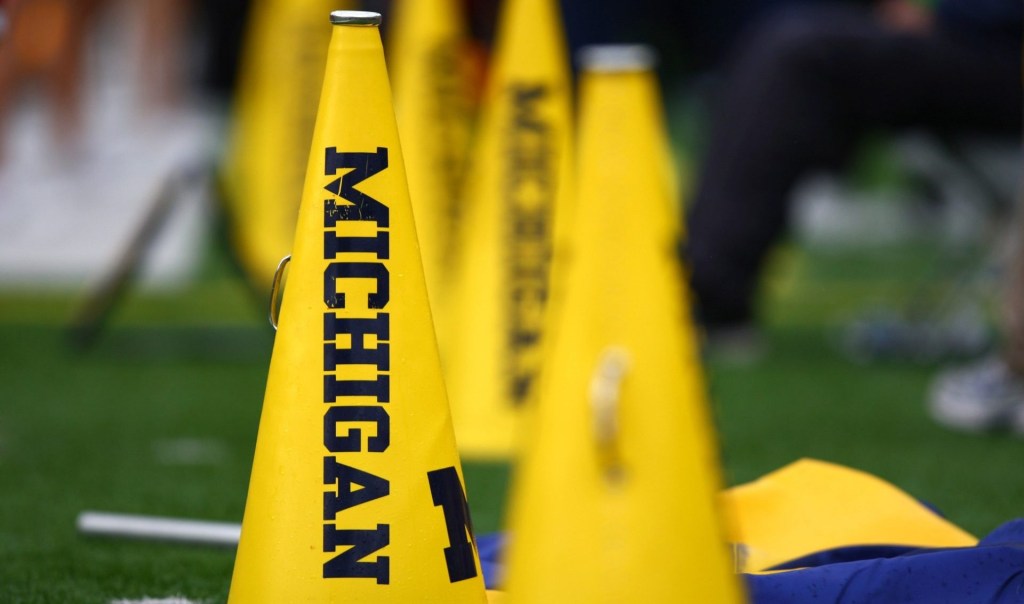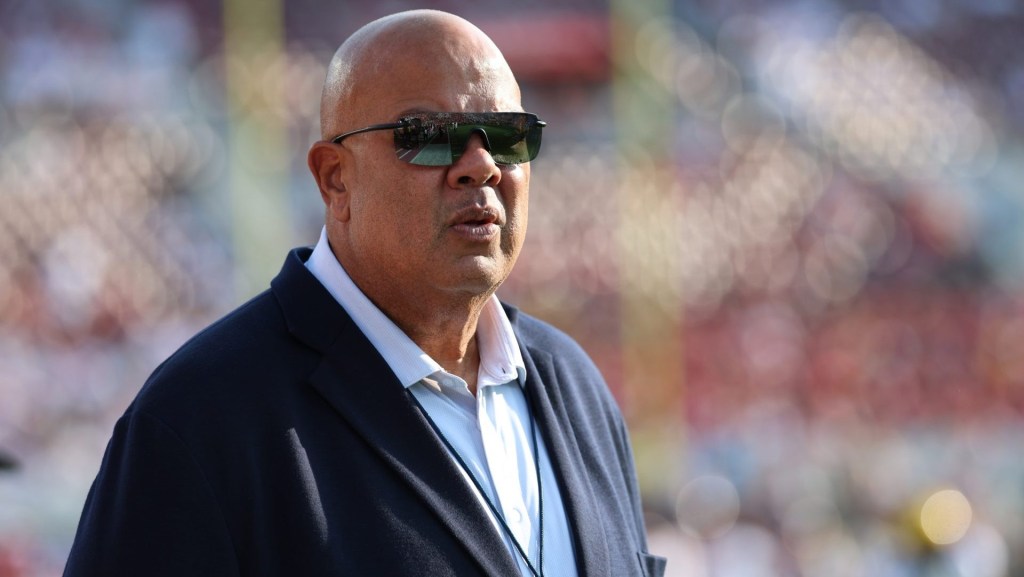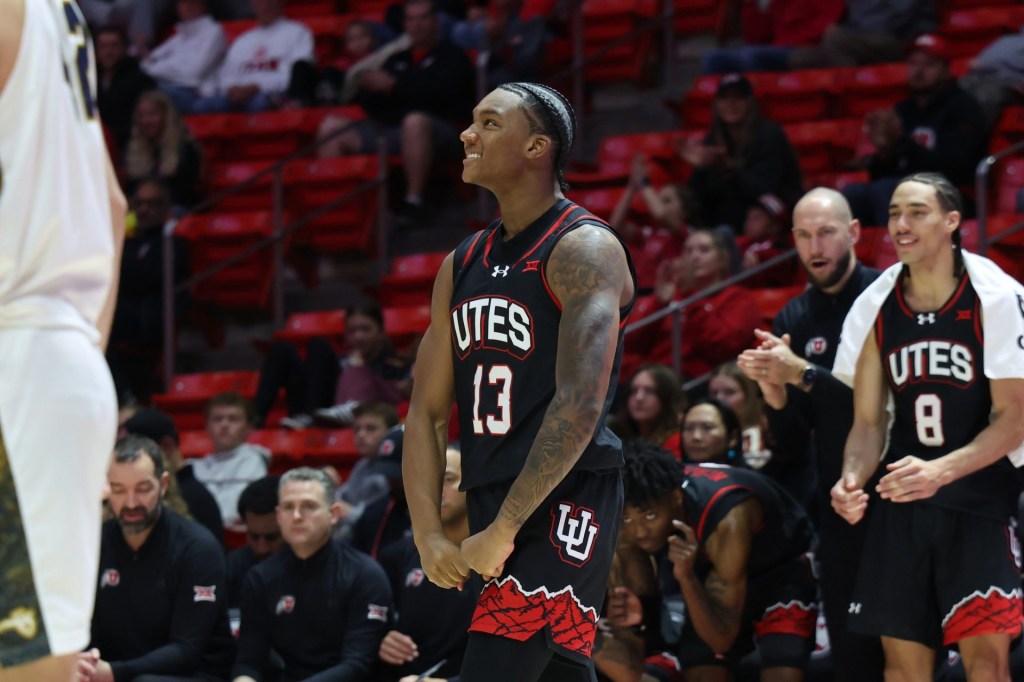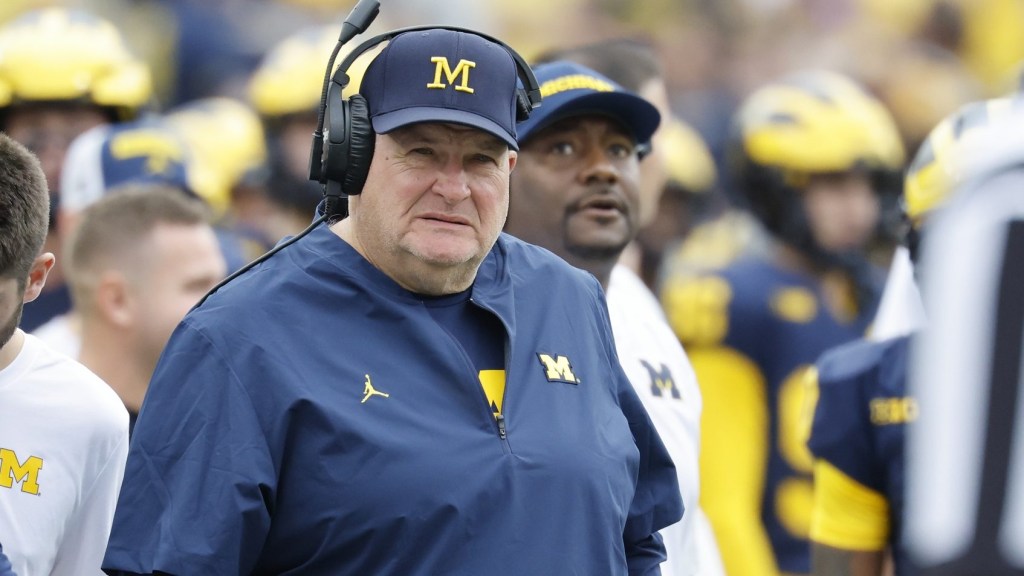
The amount a college football bowl game brings in to its respective community varies greatly — so much so, the events can economically be stratified into at least five tiers.
A 2016 economic impact study of the previous season’s 41 bowl games found a top tier of the major events, such as the Rose Bowl, can have a seven-to-eight-figure economic impact, said Carl Winston, program director the Payne School of Hospitality & Tourism Management at San Diego State University.
The Football Bowl Association commissioned SDSU and George Washington University to perform the study, which found the total impact of the season’s 41 contests was $1.5 billion annually.
“You go down the tiers and it drops pretty fast,” Winston said.
Along with the 2016 nationwide study, SDSU regularly looks at the local impact of the Holiday Bowl and the Poinsettia Bowl, which was discontinued in 2017.
“San Diego, we’re in the $20 million range, depending on the year,” he said. “We’re mid-tier, and there’s plenty of others generating $5 million and not doing a lot.”
The Peach Bowl in Atlanta has an average economic impact of $37 million, Georgia State University Economics Professor Bruce Seaman said. When Atlanta hosted the NCAA National Championship last January, however, the impact was nearly $70 million.
READ MORE: How Cities Prepare to Host the College Football Playoff National Championship Game
The economic impacts in the communities around them are often low earlier in the bowl season, but there are benefits to teams and leagues. Also, cities with plenty of football and hospitality infrastructure can host them with relatively little cost.
Seaman said Orlando can host the Cure Bowl without much burden. In not too many words, a bowl game being worth it or not is a complicated issue with no real solution.
“If the NCAA can wring any additional money out of them, the conferences are certainly happy,” Seaman said. “The incremental cost is not all that much, so it can be modest and justified.”
Large sponsors are also hard to come by, Winson said, with only the major bowls bringing in high-paying marquee sponsorships. The larger bowls tend to have complex activations around them, often turning into a whole week, which helps extend the spending of visitors.
[mc4wp_form id=”8260″]
Bowl-game payout often determines the teams playing, which, in turn, is tied to the economic impact. Teams like Alabama, Michigan and Notre Dame have large fan bases willing to travel and spend money.
There are also factors, like if the game is run by a local organization. In Atlanta, Chick-fil-A runs the Peach Bowl and the ticket money stays in state. When the NCAA or NFL comes to town, the ticket money flows out, Seaman said.
All those extra factors can create confusion when professors across the country are putting together economic impact studies about the bowl games. He wants there to be some form of a general consensus in how to put those numbers together.
READ MORE: Economic Benefits of Hosting the NCAA Tournament
“We need to get some consensus of a model so everyone is on the same page,” he said. “So, we’re not playing the game of biggest impact, which can come from all sorts of methods with little ways to manipulate. It’d be nice to have a common, if not the same, model being used so we can agree on the thing always accounted for.”
In looking at the economics of bowl games, it make sense for the NCAA to continue to expand, but that doesn’t mean Seaman believes there aren’t too many events. In fact, he does think there are too many. Eventually, he believes, others will come to similar conclusions.
“It’ll end when cities look at it and say it’s just a hassle to consider hosting,” Seaman said. “Either the NCAA’s incremental benefits are so small or nobody cares and cities are reluctant to host, but until then, it’ll keep growing. It’s like you’re giving out candy at the end of the year, and it’s how much can you give out, and you’ll be tempted to keep handing it out to shut people up.”
